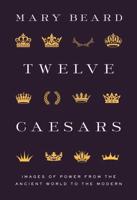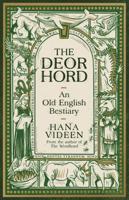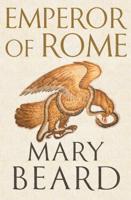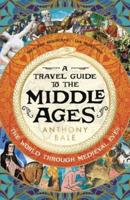Publisher's Synopsis
*Includes pictures
*Includes contemporary accounts
*Includes online resources and a bibliography for further reading
Christmas is the most important holiday of the year. After the corresponding days that exalt the national pride of each country, such as Independence Day in the United States, Victory Day in Russia, or Bastille Day in France, it's December 25 that articulates the life, the work and the economy in much of the world, including many non-Christian countries. Since ancient times, the beginning of winter has been the occasion for most people to eat, drink, dance, and get together to beat the drum and take a break.
Especially since the 20th century on, the days adjacent to the holiday have become an occasion to do big business. The winter season is the most solid stimulus for the economy - more than any fiscal package - since the incomes of families, spending, credit, and consumption in all productive sectors are significantly increased. In the United States alone, Christmas sales are estimated to generate $3 trillion.
One of the most important figures constantly brought up during the Christmas season is Saint Nicholas, despite the fact most people know little about him. In the 21st century, Saint Nicholas (or as people often refer to him, "Jolly Old Saint Nick") has been reduced to a pretend, adorably portly grandfather-type, a visual often accompanied by a fleet of magical reindeer and a bustling workshop staffed by endlessly cheerful elves. Most assume, quite understandably, that Saint Nicholas was the fount of inspiration that Santa Claus' myth weavers steadily drank from over the centuries. While this is accurate to some extent, it is important to remember that the parallels between Saint Nicholas and the present-day Santa Claus marketed by mass media are actually quite limited.
Santa Claus is a man with many monikers - Kris Kringle, Father Christmas, Papai Noel, among others - and is perhaps the most iconic and internationally recognized personality in recent history. Pop culture enthusiasts know to trace Santa's roots to Saint Nicholas, and it's widely accepted that Coke manufactured the contemporary image of Santa embraced by the world today. On both counts, they are only partially correct, because in reality, Santa is a colorful amalgamation of different figures who appear in various countries' folk stories across a wide range of centuries.
After Nicholas of Myra's death, December 6 became his feast day, and over the centuries, children anticipated his appearance with gifts. However, other children, particularly those of the mischievous sort, trembled under their covers on December 6, because they could not look forward to tinkling sleigh bells or belly-shaking laughs. Instead, they feared the disconcerting sounds of heavy breathing, guttural growls, and rattling chains, all of which came from the terrifying Krampus.
Despite the best efforts of the Catholic Church and other conservative groups, Krampus is in the midst of a major Renaissance, penetrating not only modern literature, but even becoming a fixture of pop culture. This is evidenced by the creature's recent starring roles in the films Krampus, Night of the Krampus, and Mother Krampus, and its cameos in such TV shows and animations as Grimm, Supernatural, American Dad, and Venture Brothers.
Saint Nicholas and Krampus: The History of the Popular Companions Who Reward and Punish Children during the Christmas Season looks at what the real St. Nicholas's life was like, how he served as the historical inspiration for Santa, and how Krampus developed as a sidekick of sorts. Along with pictures depicting important people, places, and events, you will learn about Saint Nicholas and Krampus like never before.






